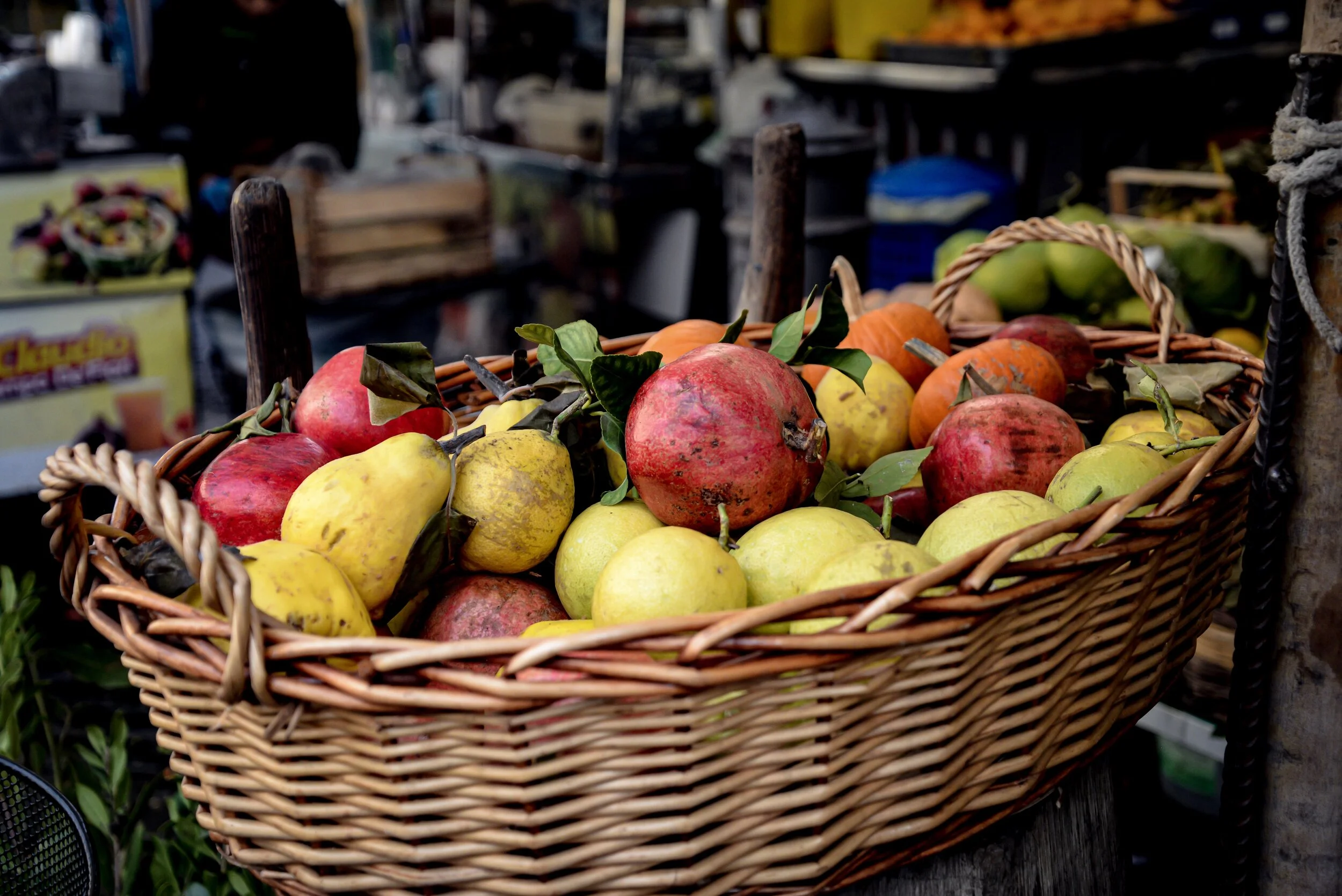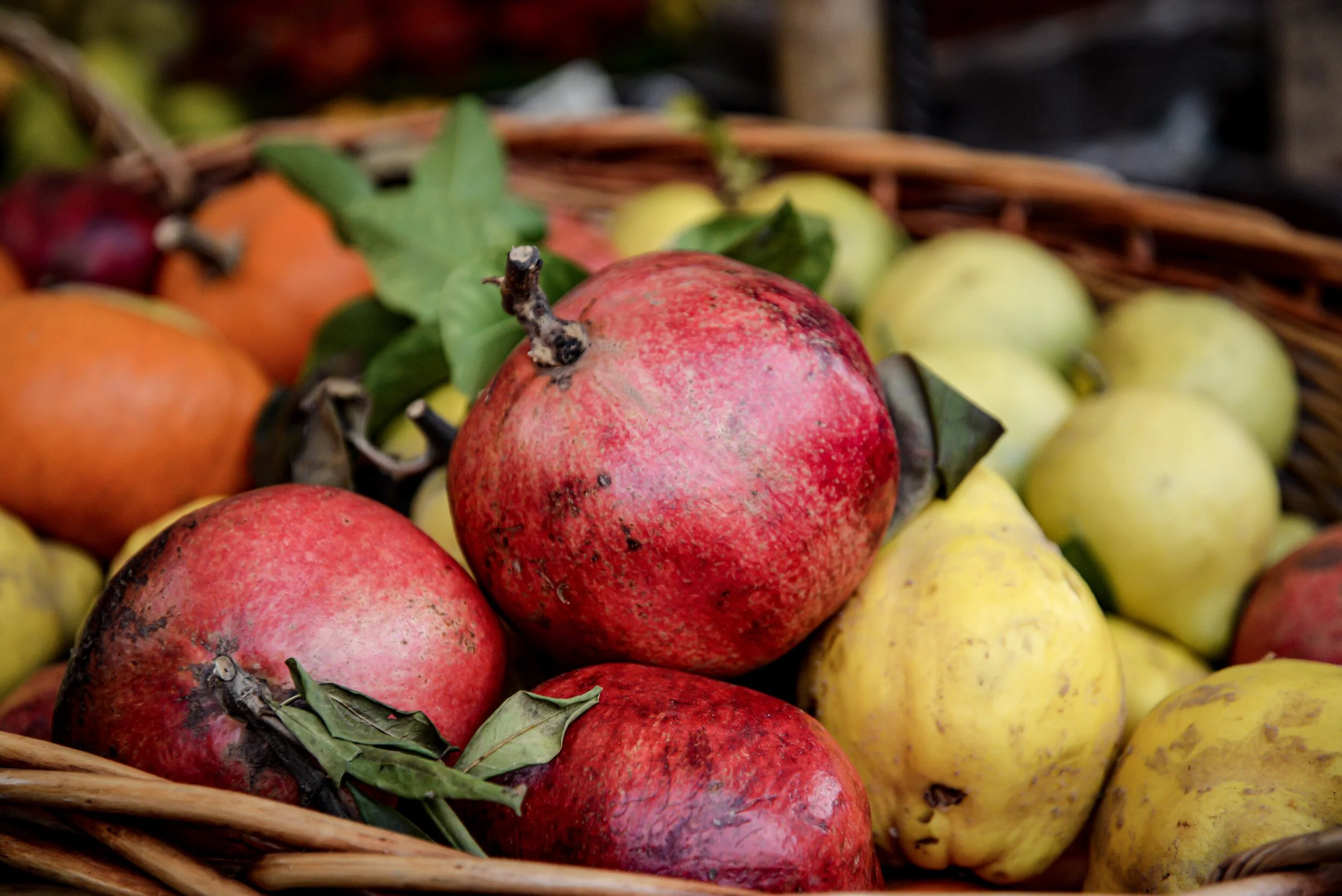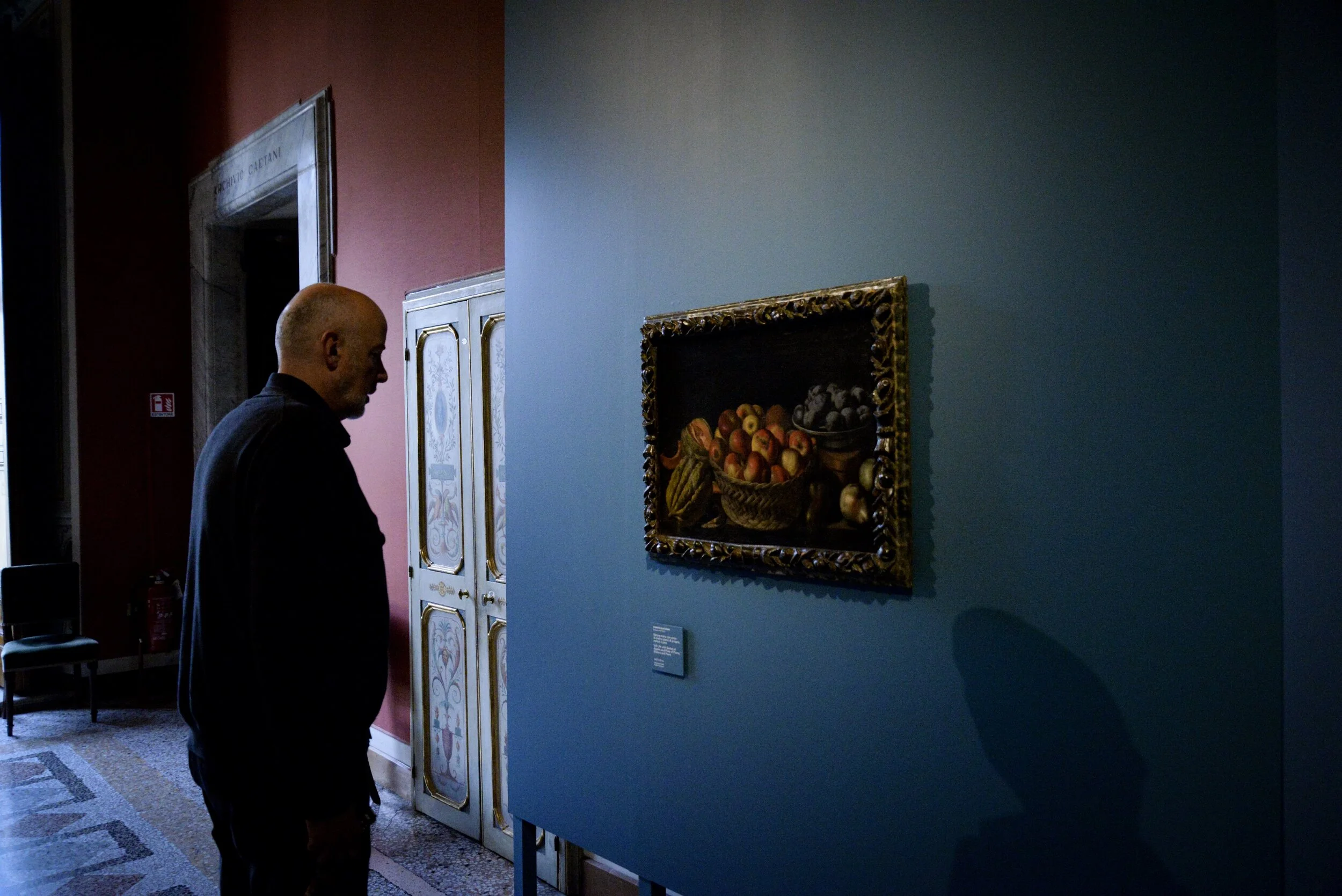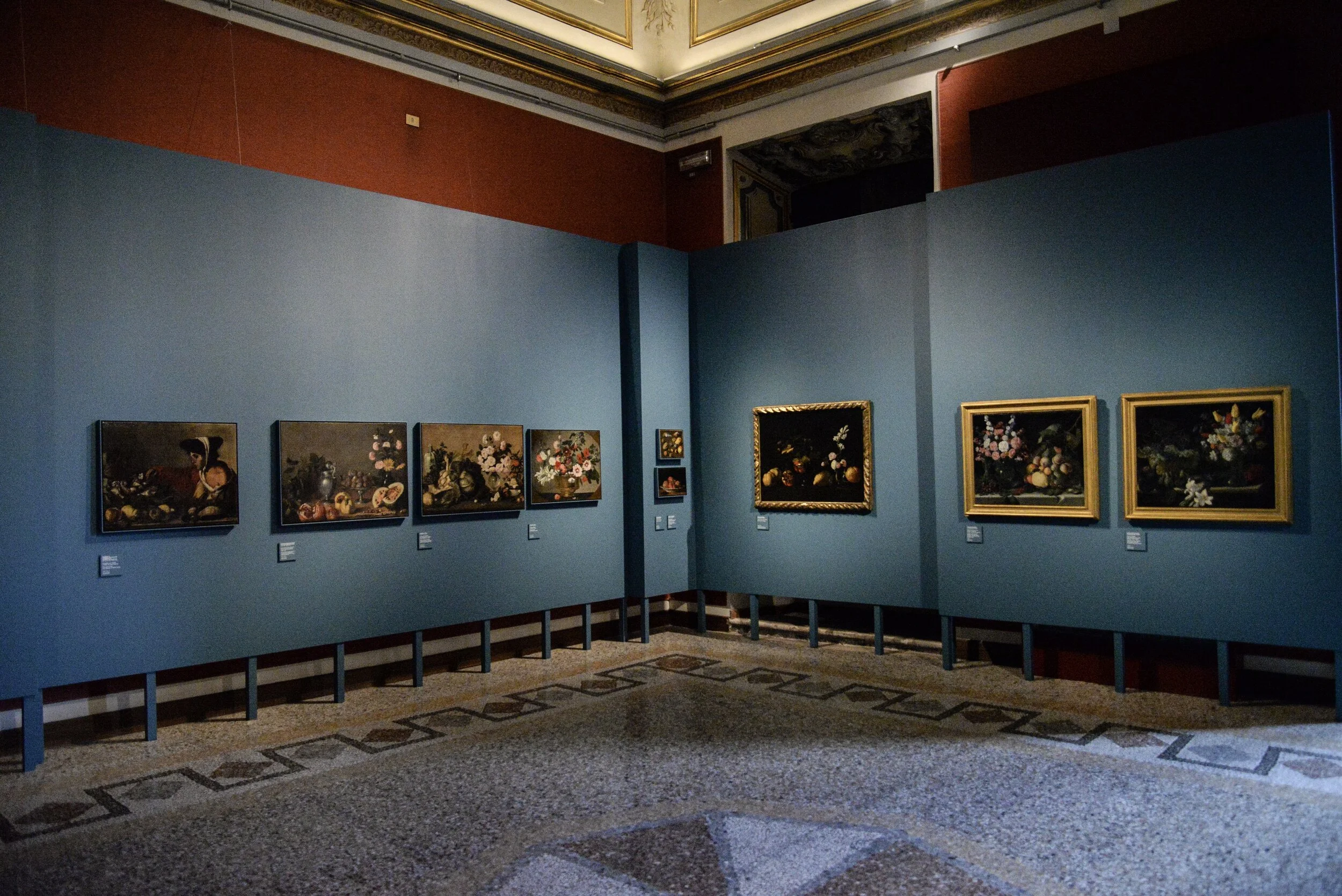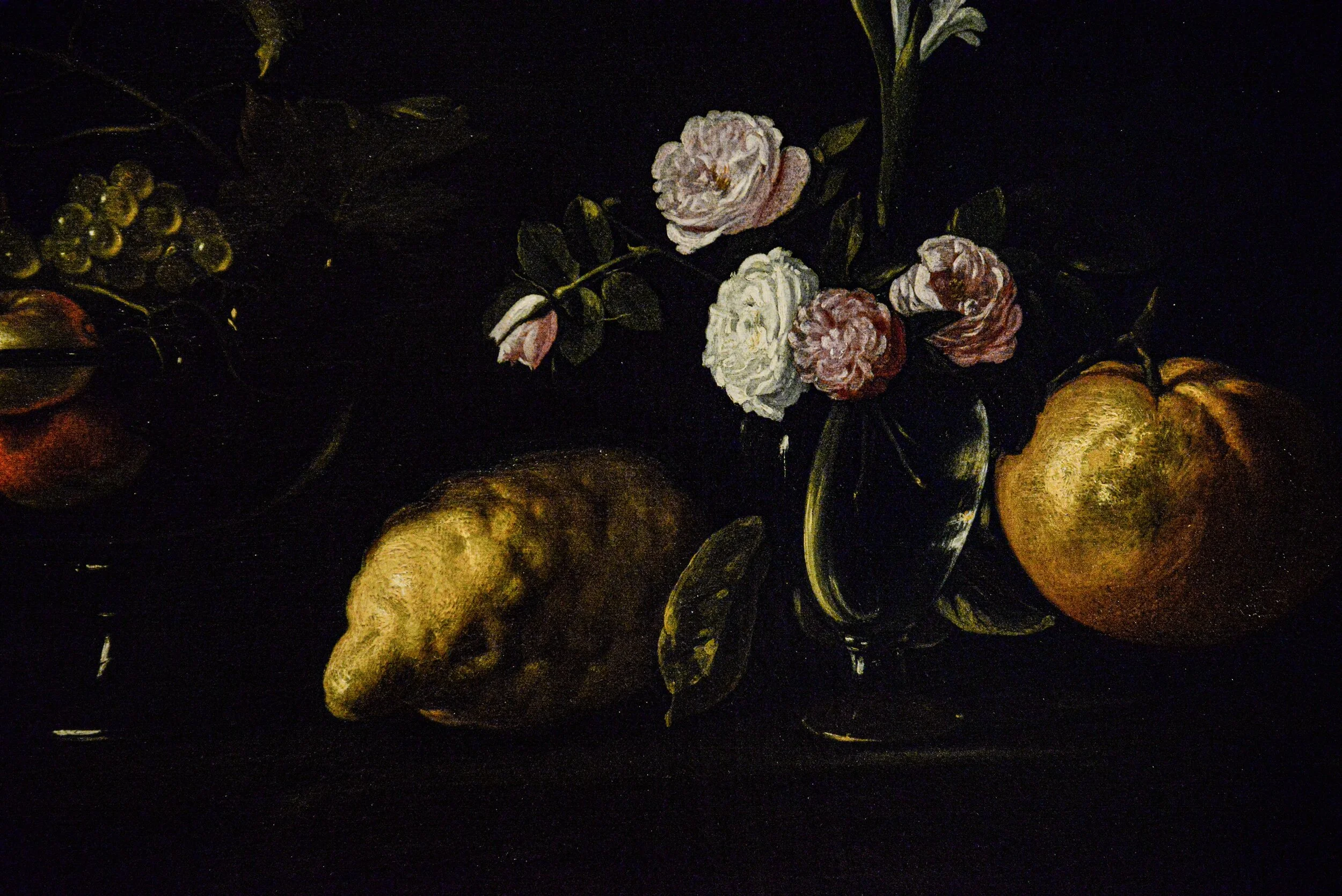Still Life and Ordinary Life
This is a blog post about how I’m having trouble writing an essay about the intersection between still life and the ordinary life. I think it’s hurting my brain because what I’m trying to say is maybe so obvious. I’m having difficulty finding the threads between my life, ordinary life, and paintings of still life. I know they’re there, in the way that you know things you don’t exactly know or have words for. I also know that there are less obvious parts to this weaving I want to somehow make out of words.
This blog post is about how I use this kind of writing to sort things out in my head, the way you can say things that you didn’t know you needed to say, when you’re riffing on a few photos you took, and with a self-imposed deadline of tomorrow. This is me sometimes wondering about how if I’d never met and married Rob, my still life painting husband, would I have been drawn to the subject of still life anyway? Or was I drawn to him because of his art? Probably the most common comment he gets about his work, is this: I don’t know how you do what you do. I don’t know how he does it either and I’ve been with him for thirty years. What does it mean to want to translate everyday objects and flowers into paint and to reference both all the art that has been made in the past as well as the way we use and admire things today?
When we were in Rome there was a still life show on at the Corsini Gallery which we visited twice because it just hit us all the right ways. We spent hours there. And then after we’d walk through the Campo de’Fiori which was right by our apartment. There were all these connections, of course there were.
We would see the lemons at the market and the ones that we brought back to our apartment, and then the ones on the trees in various gardens. Then there were the painted lemons.
If you look closely at this next painting, you’ll see the fly on one of the cookies, which is less innocuous than you might at first think.
After a day of looking at art, and then making art in the late afternoons, we would often have a dinner of bread and meat, cheeses, nuts and pickles, fruit. Not unlike in the still lifes that we had lavished our attention on earlier.
What I’m interested in is how people lived then and how we live now, and how the every day objects in our ordinary/not ordinary lives change and don’t change. How these still life paintings we saw speak to our relationship to our own mortality, our fears, our loves, our needs. How they reveal things that we don’t mean to reveal, about class, and wealth, and privilege, and exclusion, and maybe exhaustion — because think of all the effort it takes BTS to arrange things on a table. They talk about beauty and hunger and nourishment, order and chaos, quiet and calm and daydreaming. They say so much and they hold my attention.
Yet not everyone will be interested in still life, not everyone wants to look at paintings. Not everyone wants to think about how much we all have in common. How when it comes down to it, we’d most of us like to sit at a table with a small repast, with some lemons and a tiny vase of flowers, some cookies, a bowl of fruit. Maybe we’d like to order in a pizza, or some Chinese take-out. We’d like to eat a meal, some toast, have some hot cocoa. How ordinary we all really are. How meaningful it is, to be just that: ordinary.

